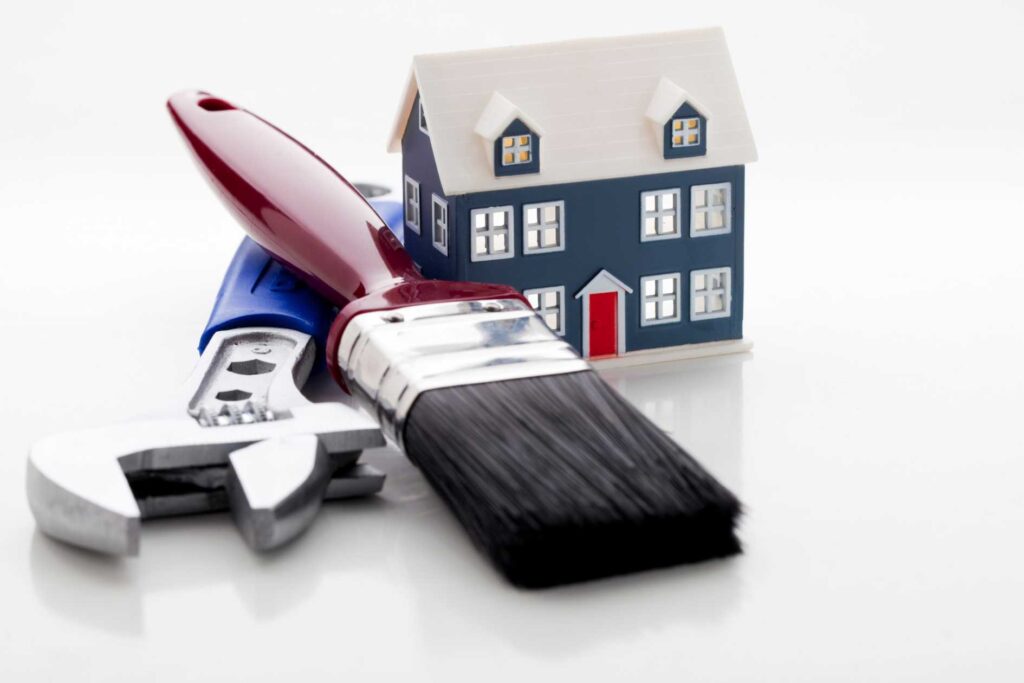Embarking on the journey of homeownership or even just setting up your first apartment requires a basic understanding of essential home tools. Having the right tools on hand empowers you to tackle various tasks and small projects around the house. In this beginner’s guide, we’ll explore the fundamental home tools every novice should consider, making your foray into DIY projects both enjoyable and efficient.
The Toolbox Basics
Start by assembling a toolbox with the fundamental tools that will serve you in a variety of situations. A versatile toolbox should include a hammer, a set of screwdrivers (both flathead and Phillips), pliers, an adjustable wrench, and a tape measure. As you’re assembling your toolkit, ask yourself:
“What tasks do I foresee needing these tools for, and how often will I use them?”
Power Drill: Your New Best Friend
Investing in a power drill is a game-changer for any DIY enthusiast. With various attachments and bits, a power drill can be used for drilling holes, driving screws, and even mixing paint. Consider asking friends or family for recommendations:
“What power drill brands have you found reliable for your projects?”
Tape Measure: Precision Matters
Accuracy is crucial in any DIY project, making a tape measure an indispensable tool. Measure twice, cut once—this timeless advice highlights the importance of precise measurements. Ask yourself: “How can I ensure my measurements are accurate, and what tips do experienced DIYers have for measuring success?” Click here to read about Things To Ponder When You Buy a House: A Comprehensive Guide to Homeownership.
Saw: Cutting Through Challenges
A basic handsaw or a compact circular saw is an essential tool for cutting wood, plastic, or even metal. Perfect for small home improvement projects, a saw opens up possibilities for customizing furniture, creating shelves, or even handling outdoor tasks like pruning branches.
Wonder: “What projects can I take on with a saw that I wouldn’t have considered before?”
Keeping It Straight
Achieving a straight and level finish is crucial in various projects around the house. A spirit level helps you ensure that pictures are hung evenly, shelves are straight, and installations are well-balanced. Ask yourself: “How can I use a spirit level to add a professional touch to my projects?”
Pliers: Versatile Gripping Power
Pliers come in various shapes and sizes, each serving a specific purpose. From gripping and turning nuts and bolts to cutting wires, having a set of pliers in your toolkit adds versatility to your capabilities. Question: “What types of projects can be made easier with the right pair of pliers, and how do I choose the best ones for my needs?”
Safety Gear
Before diving into any project, prioritize safety. Basic safety gear includes gloves, safety glasses, and ear protection. These items safeguard you from potential injuries and ensure a more comfortable and secure DIY experience. Reflect: “How can I make safety a top priority in my DIY endeavors, and what additional safety measures should I consider for specific projects?”
Organization
Finally, invest in a toolbox or storage solution to keep your tools organized. A well-organized toolkit not only makes it easier to find the right tool but also extends the lifespan of your equipment. Ask yourself: “What organizational tips do seasoned DIYers have for keeping tools in top condition and readily accessible?”
Conclusion
Armed with these fundamental home tools and a curious mindset, you’re well on your way to becoming a capable DIY enthusiast. As you gain experience, you can expand your toolkit to include specialized tools for more advanced projects. Remember, the key to successful DIY projects is confidence, and with the right tools at your disposal, you can approach any task with the assurance of a seasoned home improver.

